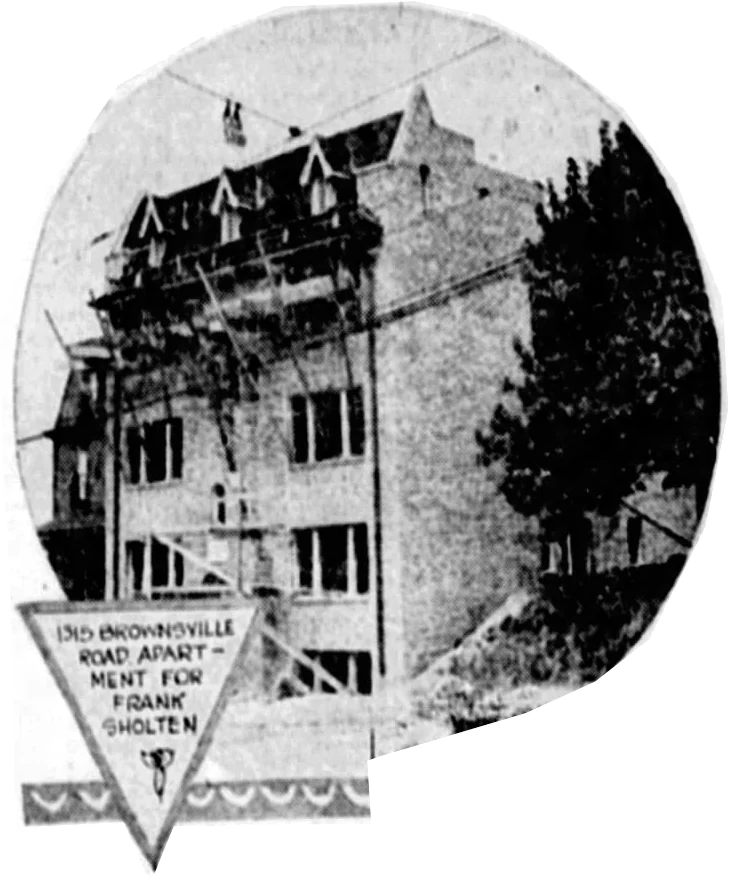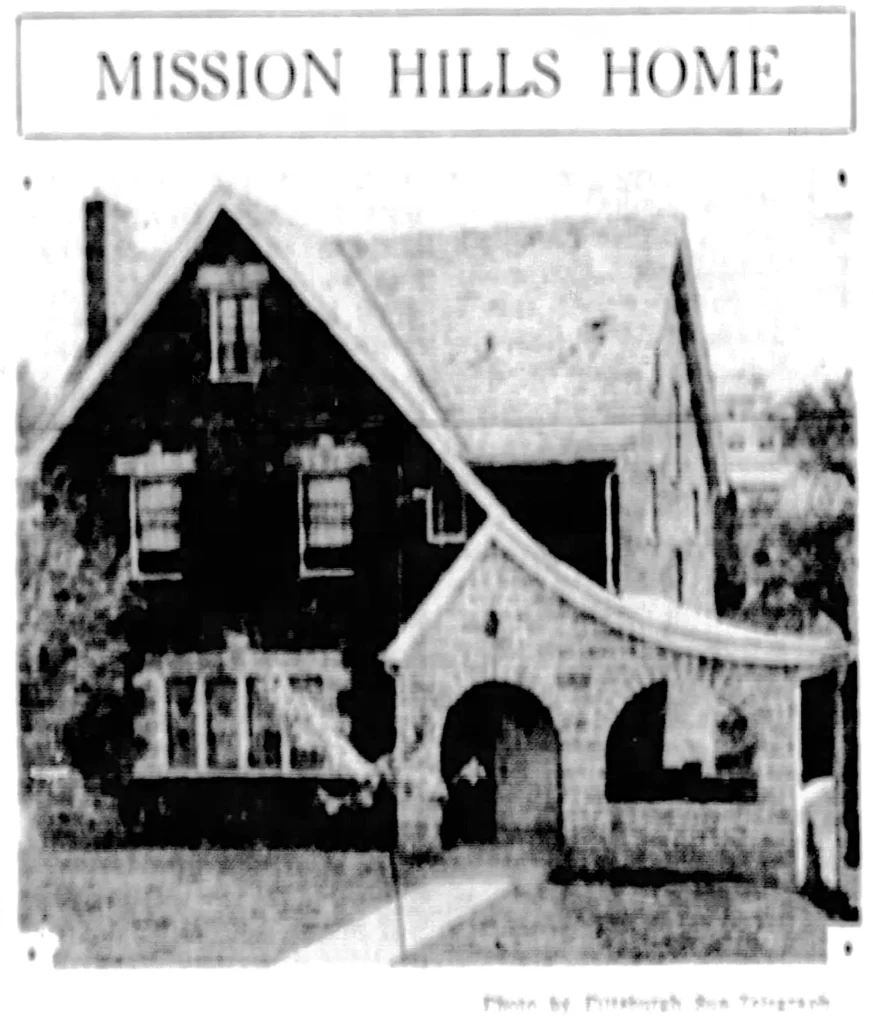
This pretty and whimsical house would be right at home in Mission Hills or Beverly Heights, but here it is on a pleasant back street in Sheraden. The original windows add much to its appeal—God, as Mr. Mies said, is in the details. The porch is a classic of the Fairy-Tale Style.

Comments

































